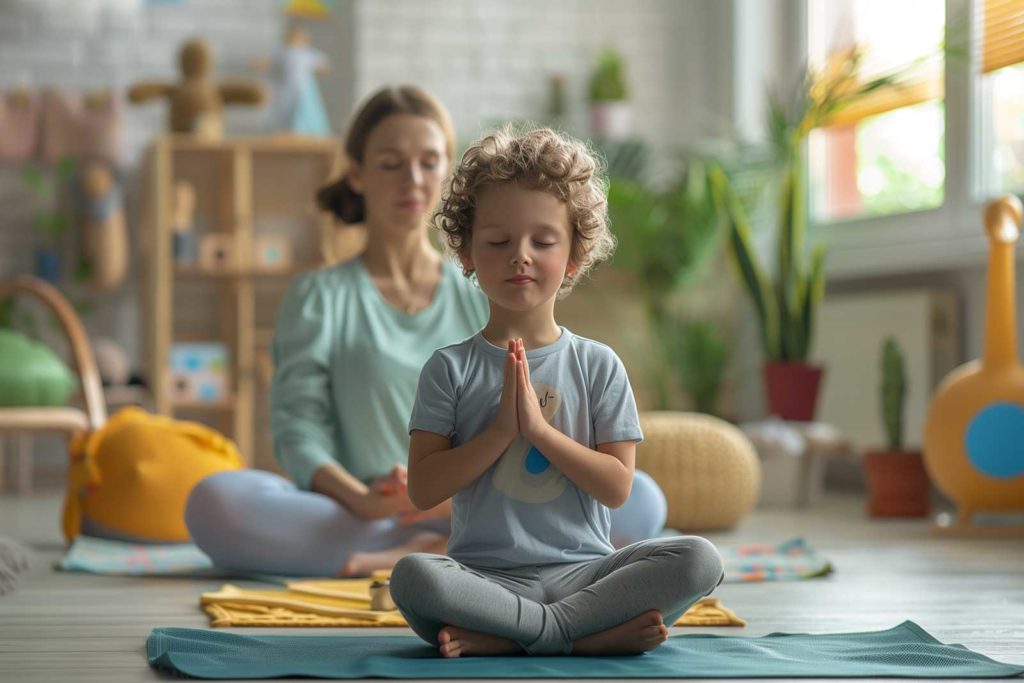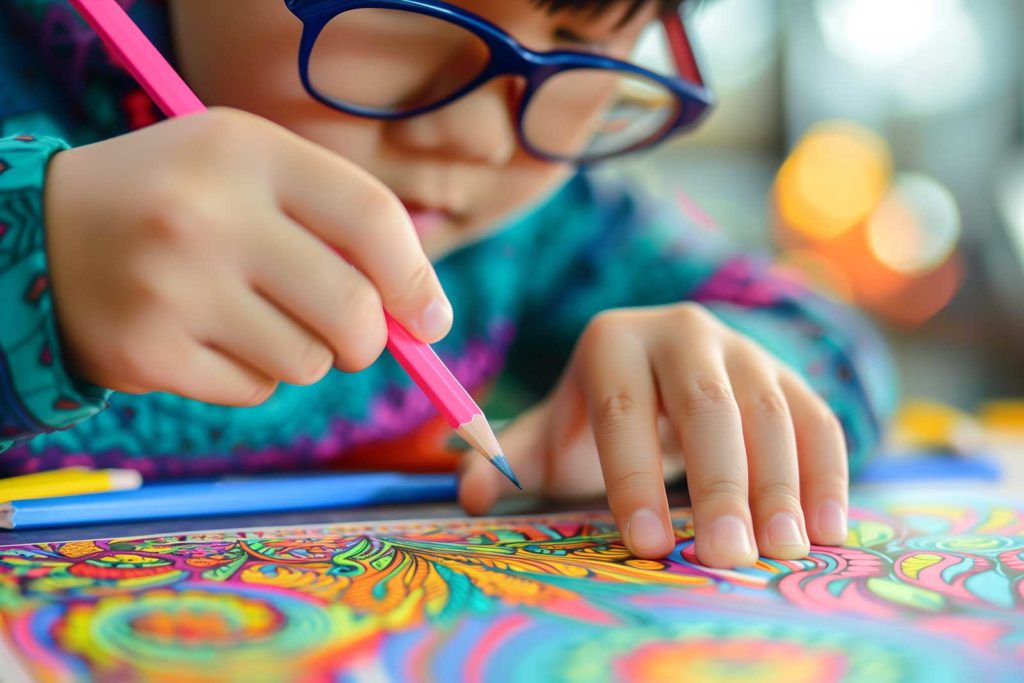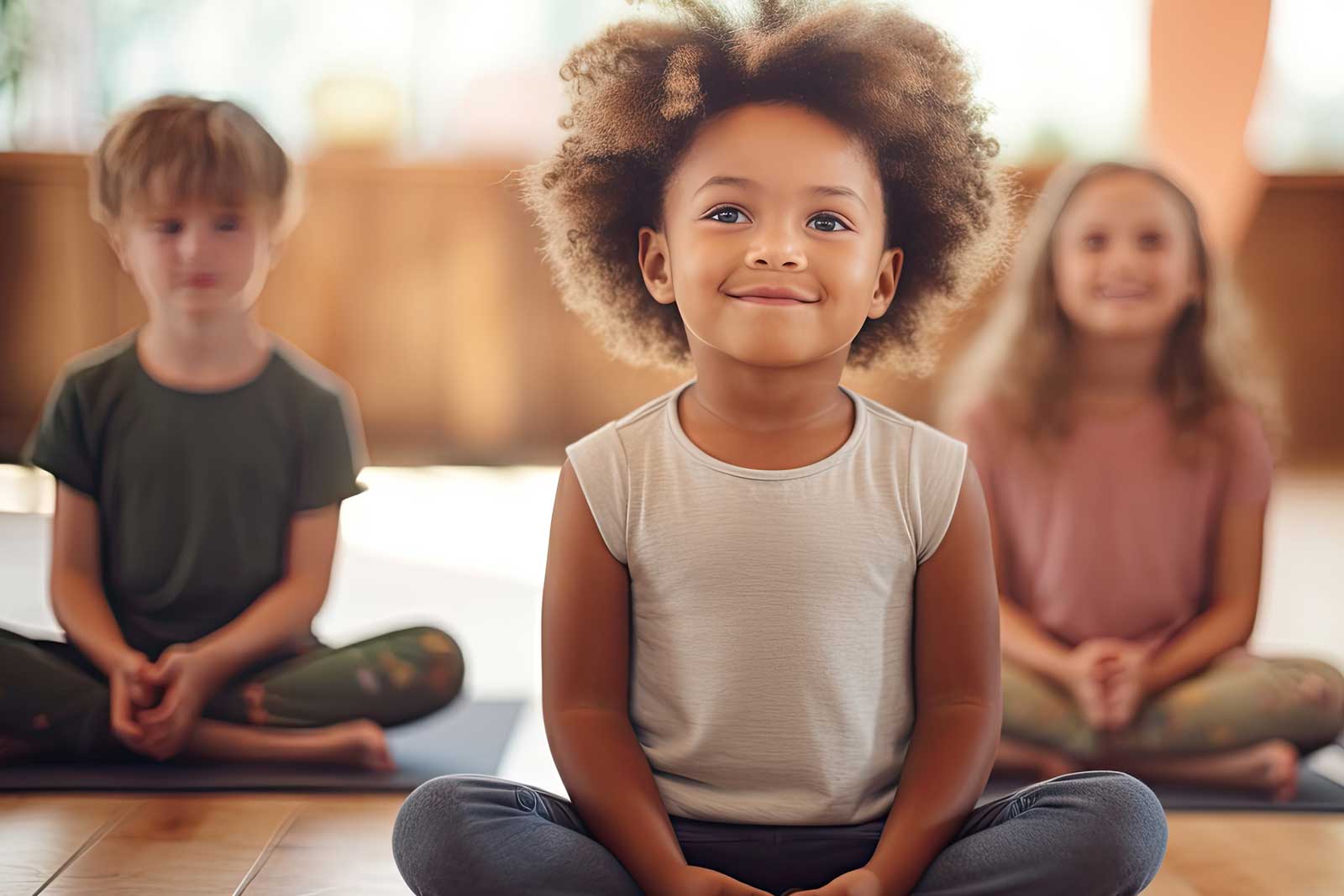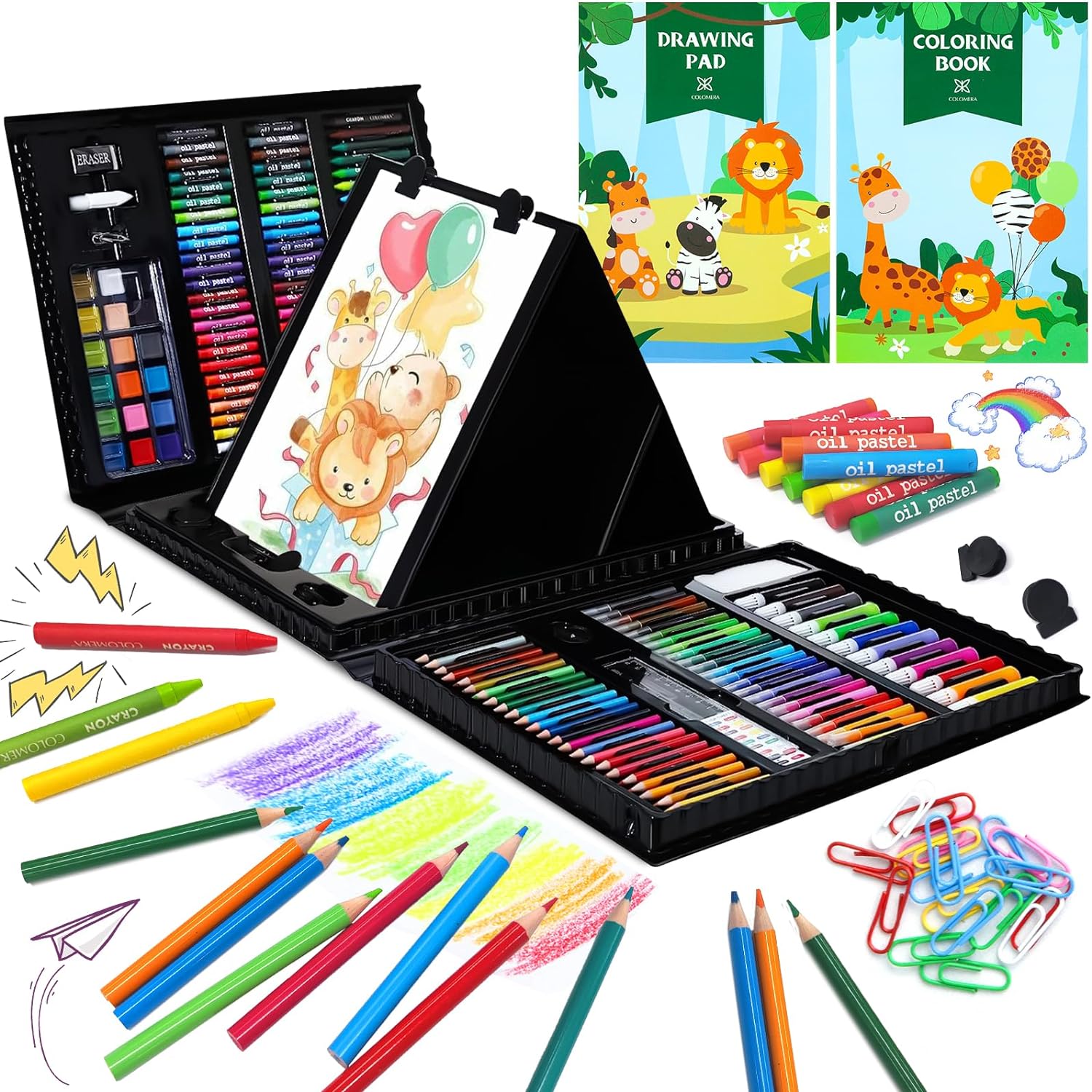Mindfulness for Kids: Simple Techniques to Help Manage Stress and Emotions
In our frenetic world, even the littlest among us are not exempt from the stresses and emotions of our everyday lives. From homework to communication with friends, children have their own baggage. When we look at it through a lens of stress, mindfulness – typically not a term we associate with the little ones – can be an amazingly powerful tool to teach children how to work with their feelings, and handle stress through simple, kid-friendly techniques. So, let’s explore mindfulness for kids and the role it can play to help a new generation deal with its stress in a peaceful and emotionally resilient way. Through working with breathing and exercises such as guided imagery, kids can learn to come to terms with their emotions.
The Magic of Breathing Exercises

Breathing is ground zero for mindfulness training, and simple breathing exercises are the quickest, most reliable way for children of all ages to calm down and recall the feeling of being back in control. Here are a couple of exercises for them to try:
The Balloon Breath: pretend your belly is full of air. By breathing in slowly through your nose, you can fill the balloon by watching your belly rise a little bit. Then slowly breathe out through your mouth to empty out the balloon, watching your belly fall down. By pretending your belly is a balloon, you can really understand how to take in deep breaths.
Five-Finger Starfish Meditation: Children spread their fingers wide, like a starfish. They slowly trace up each finger with the index finger of the other hand while taking a breath, and down while exhaling; this focuses their breathing but also provides a soothing tactile sensation.
The Power of Guided Imagery
In guided imagery, the therapist leads the little patient through a soothing set of visualisations, helping the child imagine a calm scene, and in the process hopefully calm her racing mind. It’s storytelling with purpose. Here’s how to do it.
The Secret Garden: Have the child envisage a fine garden, with bright flowers, soft sunshine, bird song and perhaps a curved bench under a shade tree. Encourage the child to look at the garden, listen to its sounds, and feel its warmth. And then encourage the child to roam around in the garden, examine the flowers closer, and even sit on the bench and take a deep, relaxing breath. The Secret Garden guides the child’s thoughts away from stress for a moment, to a space with all the sights and sounds that the child most enjoys.
The Calm of Mindful Coloring

Mindful colouring helps children be more attuned to and fully present in the moment, using the creative process of colour and image creation while calming the mind. Give your child a colouring sheet (ideally a complex pattern or nature scene) and allow them to choose their colours freely, without judgment. The session of colouring can be a mindful practice.
The Joy of Mindful Movement
Child’s yoga and simple stretching can be encouraged as an introduction to mindful movement, helping children anchor into their body and notice their breathing and physical tensions. And finally, with simple suggestions of body awareness, calm and mindful me-time is offered by poses such as ‘tree’, ‘warrior’ or ‘mountain’.
Practicing Gratitude
If children are asked to think of three things every day that they are grateful for – either verbally, as a drawing on a piece of paper, or as a literal ‘thank-you note’ – this will put them in a positive state of mind, allowing them to respond less to negative stimuli and be more receptive to the good things in their lives.
Conclusion
Mindfulness for kids is a toolbox of techniques to support children to manage stress and emotions, and to recognise when they’re on autopilot – not noticing what’s happening or having thoughtful responses. It’s important that children discover this from an early age. If we support our children in learning ways to step back from their experiences and to stop, look, listen, feel and ask themselves ‘What is happening?’ and ‘Who is responding?’ we help them build a vocabulary around their experiences. They develop the tools and confidence needed to undergo the often bumpy ride of experiencing life. These simple mindfulness techniques teach children self-regulation and self-compassion skills so that they can cope with their inner experiences and life’s challenges with wisdom, self-care and compassion. Start with tiny practices, and practise consistently. I promise you won’t be wasting your child’s time. You’ll be supporting them to have a calmer, more peaceful and emotionally intelligent life.
editor's pick
latest video
news via inbox
Nulla turp dis cursus. Integer liberos euismod pretium faucibua



